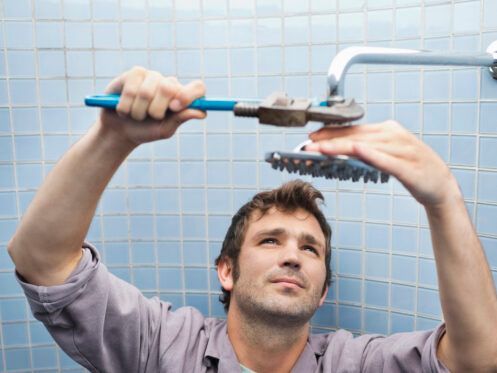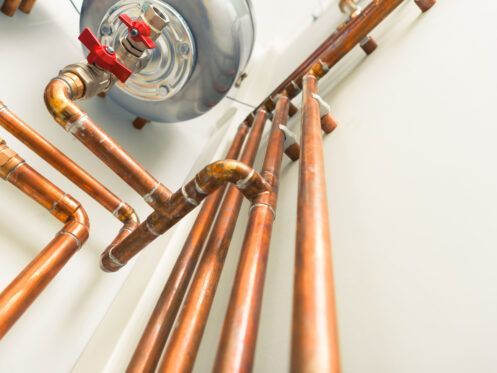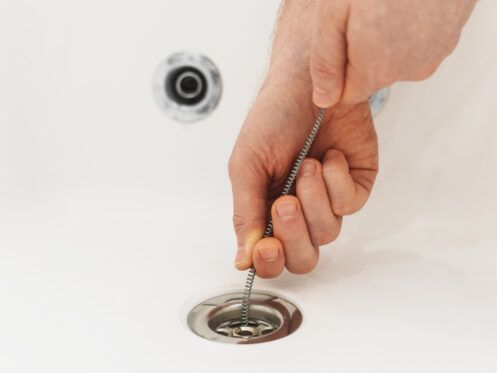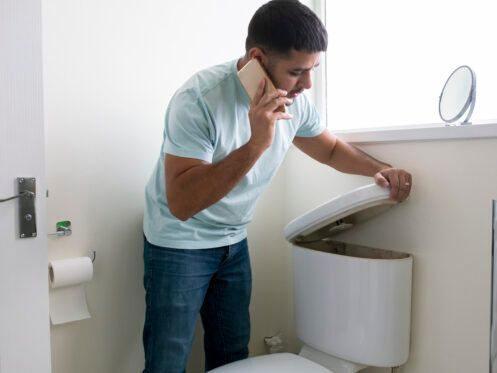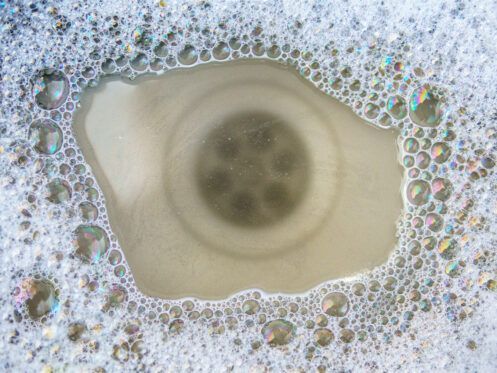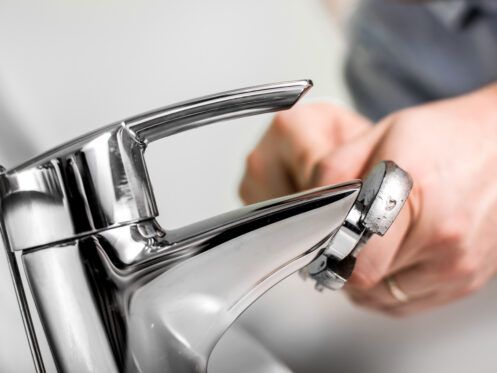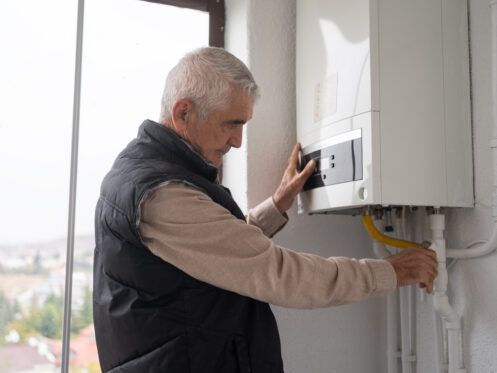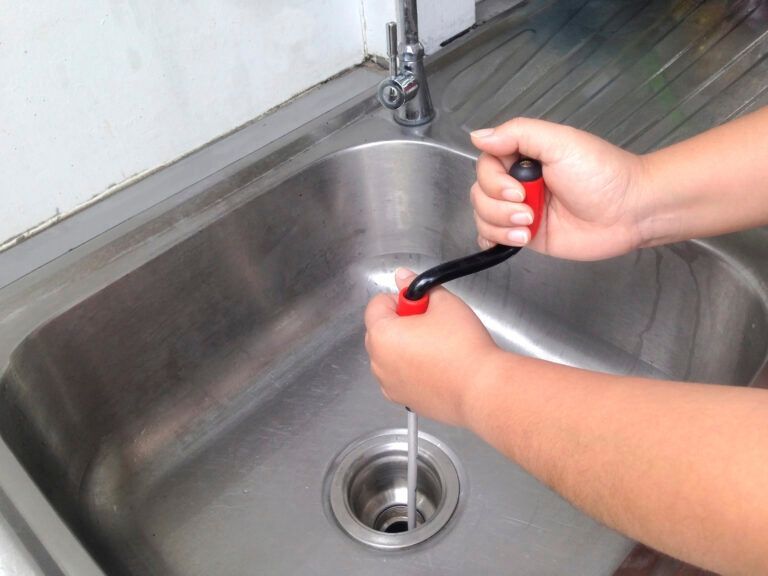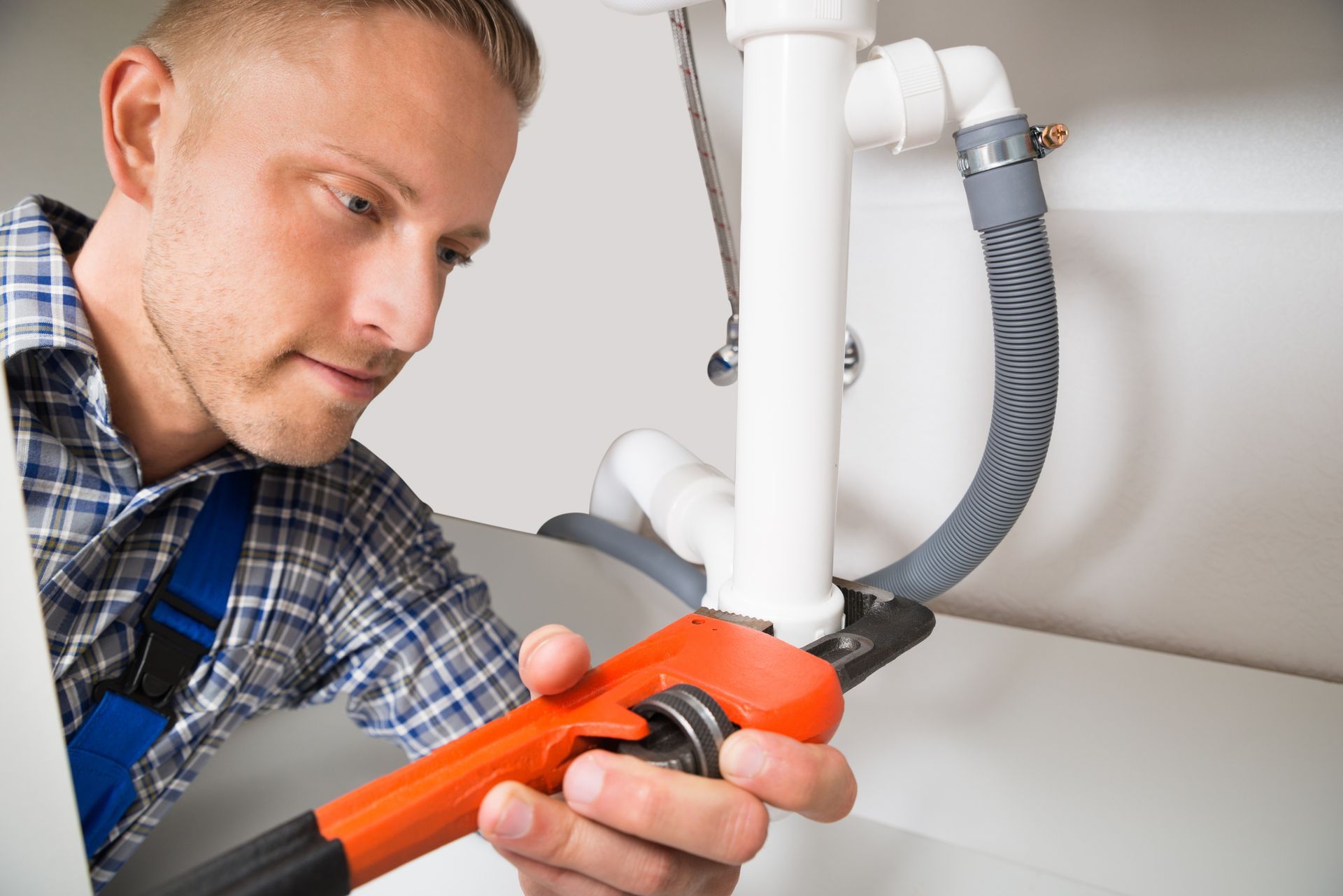The Complete Guide to Plumbing Repiping
Repiping is a critical plumbing task that involves replacing existing pipes, typically due to damage or aging, with new ones to improve the overall plumbing system. In many cases, a homeowner’s need for repiping is related to the deterioration of older pipes, which may have been in place for decades. As a homeowner, it is critical to understand the signs indicating the need for repiping. It is also valuable to learn about the repiping process to make informed decisions about your home’s plumbing system. This comprehensive guide will explore everything you need to know about repiping, from common reasons for repiping to the details of the repiping process.
Rust and Minerals Build Up in Your Water
One of the most noticeable signs of deteriorating pipes is the presence of rust or reddish-brown water flowing from your faucet. This discoloration occurs due to the corrosive buildup on the inner surface of the pipes, which can compromise water quality and pose health hazards for household occupants. The rust particles that flake off from the pipes contaminate the water supply, raising concerns about drinking water safety. Additionally, minerals and other deposits accumulate along the inside of the pipes over time, affecting water flow and pressure throughout the plumbing system.
The gradual buildup of rust and minerals inside the pipes is a persistent issue that develops over years of use. When rust becomes visible in your water supply, it signifies a critical deterioration of the plumbing pipes, prompting the need for immediate attention. Repiping may be the most effective solution to address the underlying issues and ensure the integrity of your home’s water supply. By replacing compromised pipes with new, corrosion-resistant materials, such as copper or PVC, homeowners can safeguard their water quality and prevent future plumbing problems.
Multiple Pipe Leaks
While a plumber can address occasional leaks, frequent ones may indicate more significant issues in your plumbing system. As pipes age, they undergo wear and tear, leading to the development of cracks along the pipe or at connections. Multiple leaks throughout the plumbing system compromise water pressure and contribute to higher monthly water bills. These leaks are often symptomatic of a deteriorating system that requires attention.
As pipes continue to degrade over time, the likelihood of experiencing multiple leaks increases, posing challenges for homeowners. The accumulation of weakened areas in your pipes can result in ongoing maintenance issues and water wastage. Repiping offers a comprehensive solution to replace worn-out plumbing with new, durable materials, ensuring the integrity of your plumbing system and restoring optimal water flow and pressure. By investing in repiping, you can eliminate frequent leaks and avoid escalating repair costs in the long run.
Frequent Clogs
Persistent clogs in drains or toilets are more than just a nuisance; they can indicate underlying issues with your plumbing system that require a comprehensive solution. Similar to leaks, occasion clogs are relatively easy to deal with. However, frequent clogs throughout your home suggest a more significant problem.
Deteriorated pipes lead to obstructions and blockages that impede water flow. Obstructions in your drain system may include debris, grease buildup, or even tree roots infiltrating sewer lines. As pipes degrade, their interior diameter narrows, making them more prone to clogs and backups. Repiping offers a long-term solution to persistent clogging issues by replacing deteriorated or compromised pipes with new, more durable materials.
The Repiping Process
A total home repiping is a challenging job. However, it will help reduce recurring plumbing repair costs and most likely reduce your water bills.
Inspection
The first step for a repiping project is a complete inspection of all the plumbing lines. That includes the supply lines that surround the home. Your repiping project might involve digging trenches to run new lines from your home to connect with the municipal water supply or your well.
Repiping Options
After the inspection, you will be presented with repiping options. Understanding the different types of piping used in plumbing systems is essential for determining the best approach. One popular option is copper piping, known for its durability and longevity. Copper pipes typically have a lifespan of around 50 years, making them a reliable choice for residential plumbing systems. Brass pipes offer a similar lifespan, lasting between 40 and 70 years, depending on various factors such as water quality and maintenance.
In recent years, PVC (polyvinyl chloride) piping has gained popularity as a repiping material due to its durability and resistance to corrosion and chemical damage. PVC pipes are known for their longevity and can provide reliable service for many years. When considering repiping options, your plumber will assess the type of pipes currently installed in your home to determine the most suitable replacement material. This evaluation ensures that the new piping system meets your home’s specific needs while adhering to industry standards for quality and performance.
Considerations could also be given to partial repiping. That might mean that only portions of your home need new pipes. However, if the pipes are all from the original construction, then they will ultimately be on the same kind of timetable with regard to possible failure. It might be better to repipe the entire system at one time, as opposed to coming back in a year or two to repipe the other lines.
The Repiping Work Begins
Your plumbing contractor will obtain the proper permits when you agree to the estimate. They will then schedule the job at your convenience. The average repiping job might last for a few days or a week. During various phases of this job, the water gets shut off. The plumbing crew will schedule the shut-off during your work hours to minimize the disruption. Ideally, you should not be left without water overnight, but you might have limited access to specific sinks or bathrooms.
After the schedule is locked down, you can prep the designated work areas of your home. Depending on where the access points for the plumbing pipes are, you might have to remove artwork or furniture to provide clear access to the team. When the crew shows up, they will place plastic liners or drop cloths on your furniture, carpets, and counters in the immediate work zone.
Next, the plumbing crew will make minor cuts to the walls to gain access to the pipes. The crew will need to cut holes at the start and end points where they are replacing piping. The goal is to leave as many of the walls intact as possible.
The old pipes are disconnected and pulled through the access points. The plumbing crew threads the new pipes through the same space in the walls and under the floors. After that, the crew seals up the new pipe joints. Additional upgrades can be made during this process, including adding piping for a washing machine or dishwasher.
Once in place, the repiped plumbing system undergoes a series of pressure tests to ensure the water flows as it should. In most cases, you will have better water pressure for showers and other plumbing fixtures than before the work began.
Choosing the Right Plumbing Contractor
Repiping is a plumbing task where experience matters. In & Out Plumbing & Construction has been providing quality repiping for homeowners and businesses in the Bay Area for over 25 years. In addition to a major task like repiping, we also provide a full range of plumbing services, from sewer line cleaning to water heater replacement. Contact us today to schedule an appointment with one of our expert plumbers.
The post The Complete Guide to Plumbing Repiping appeared first on In & Out Plumbing & Construction.
